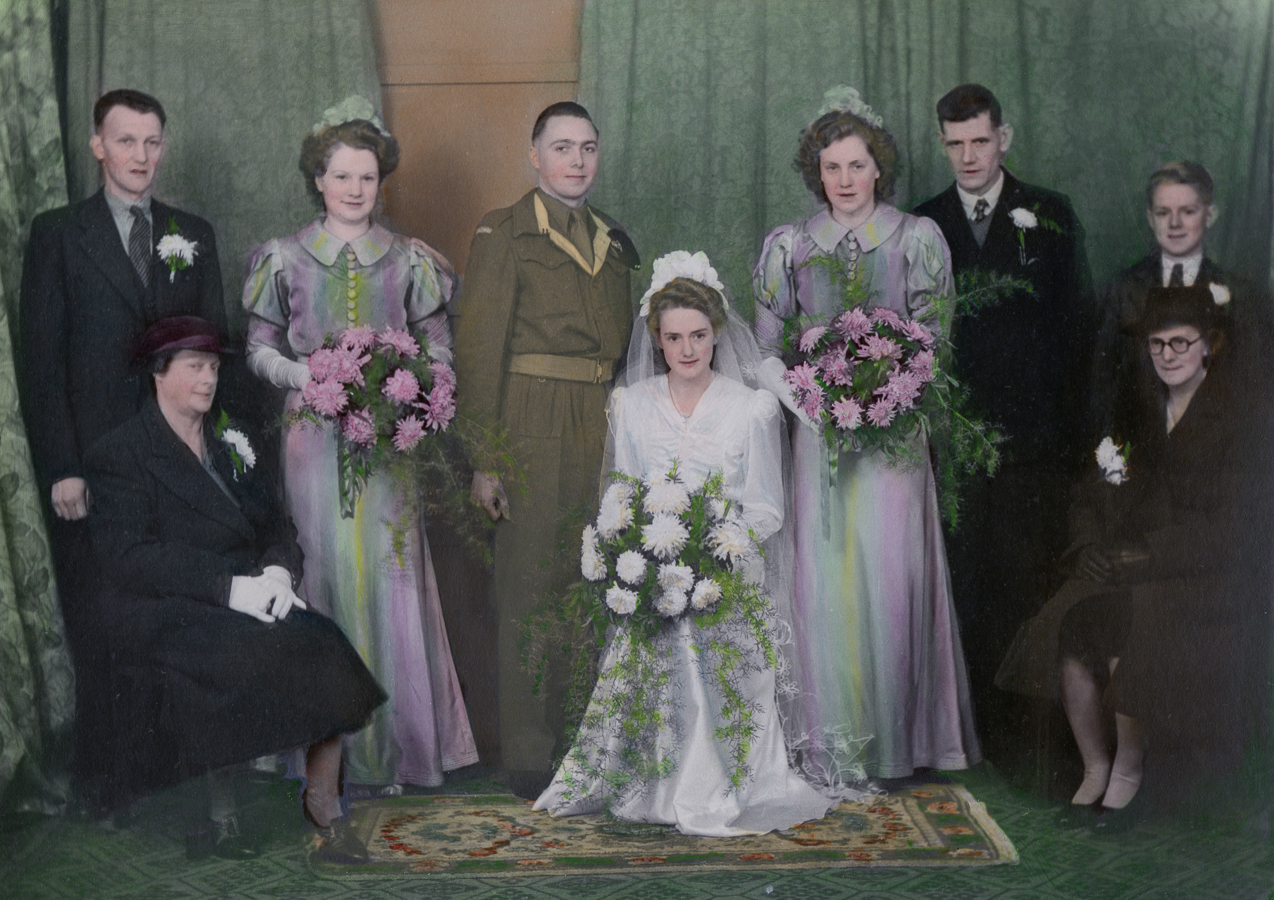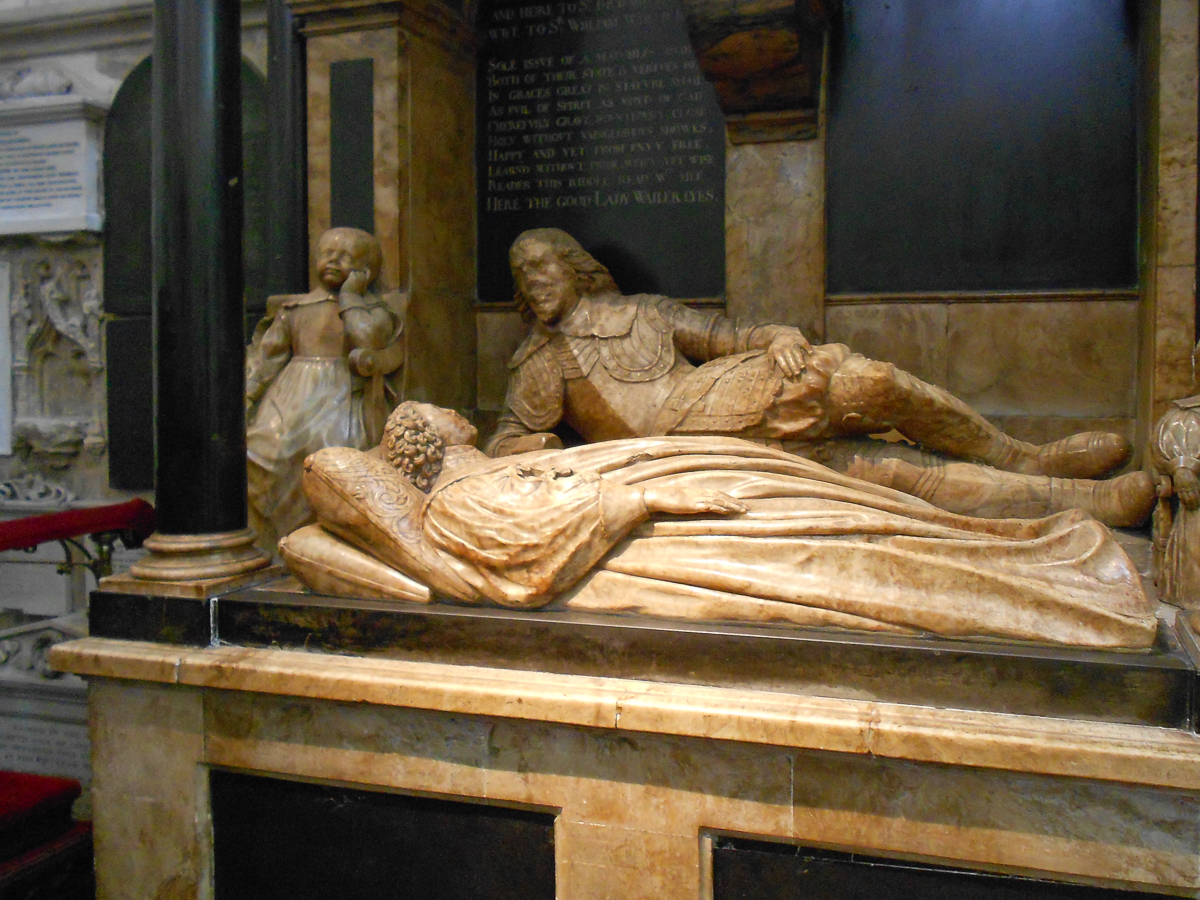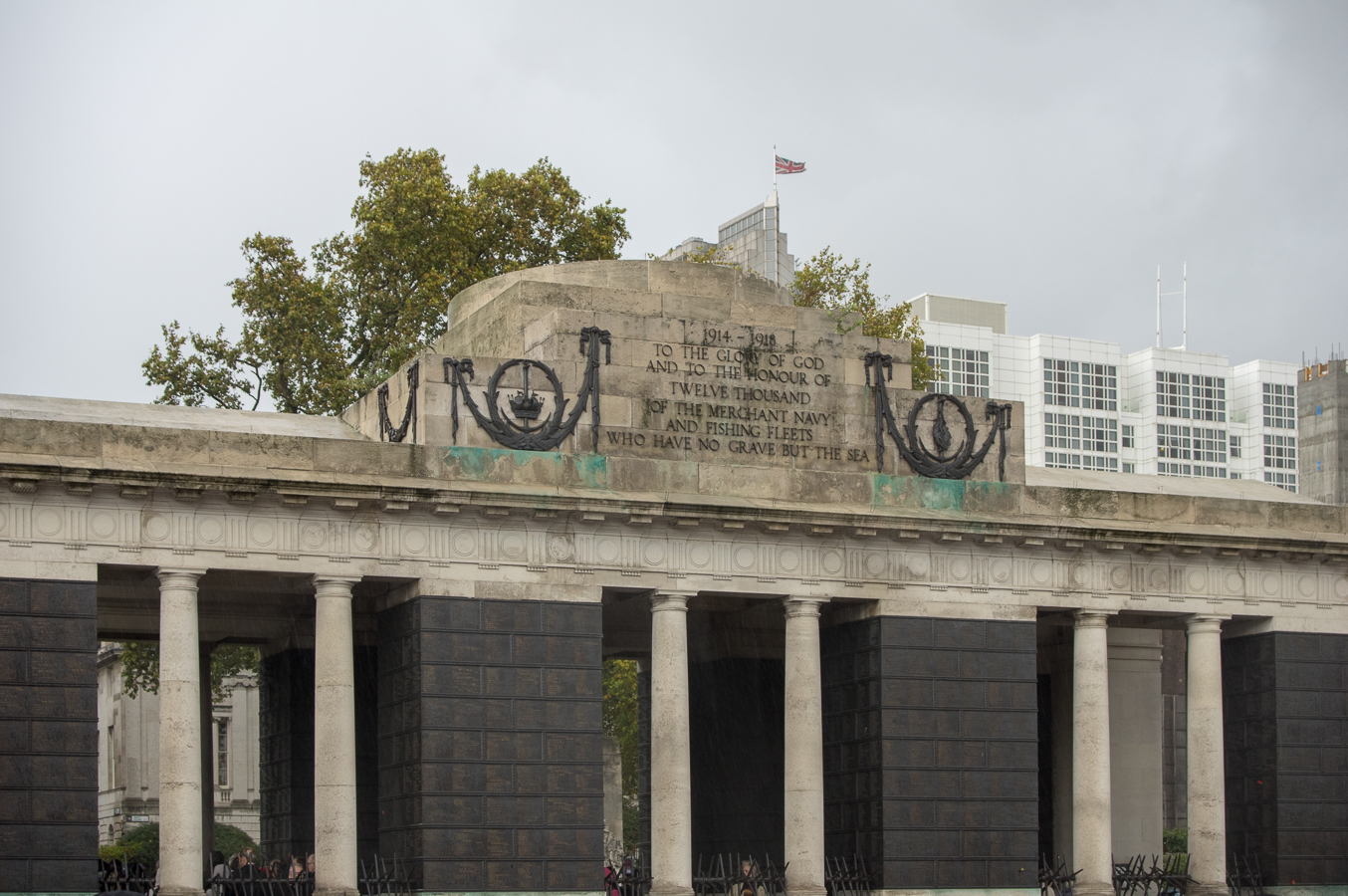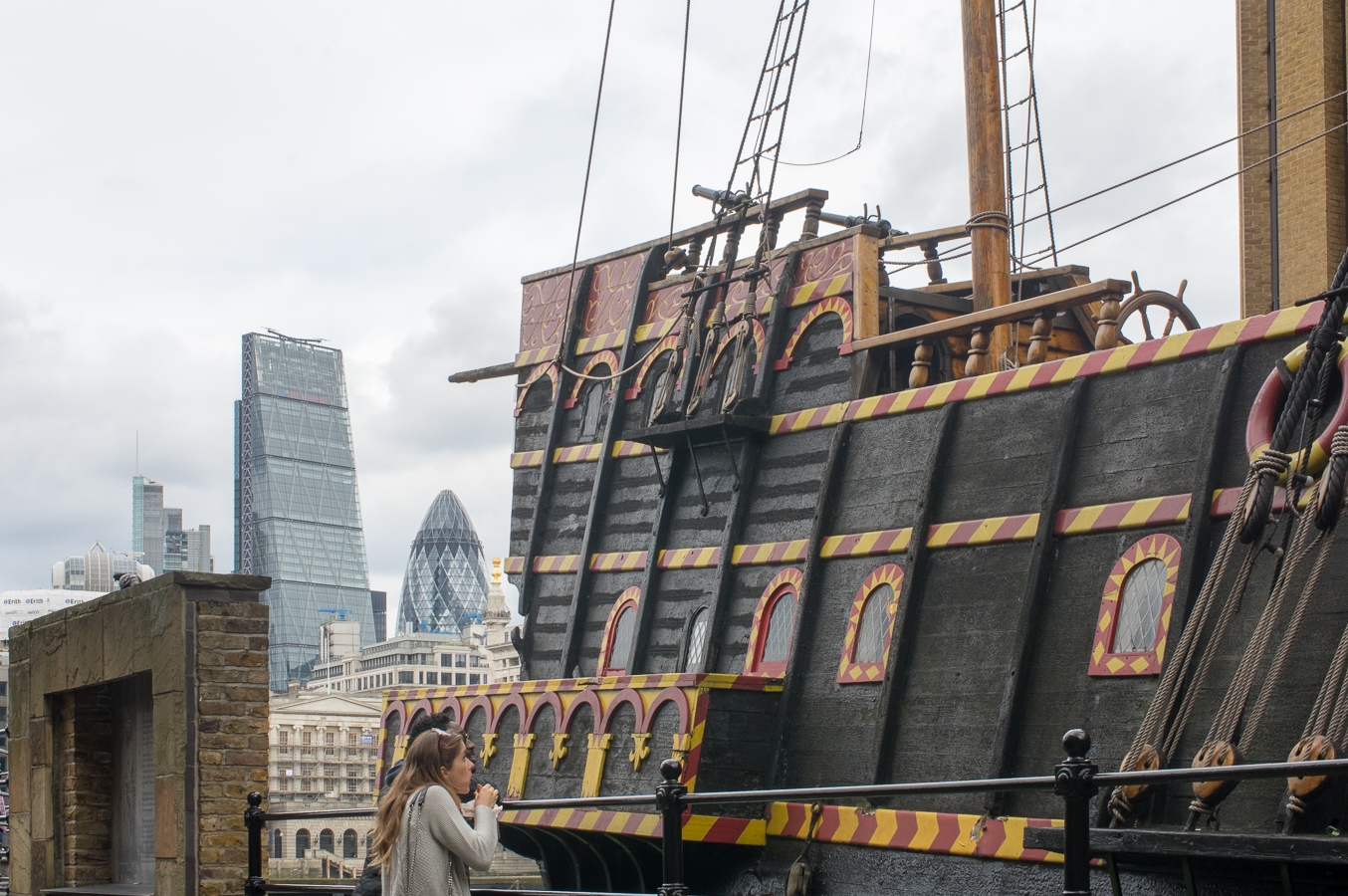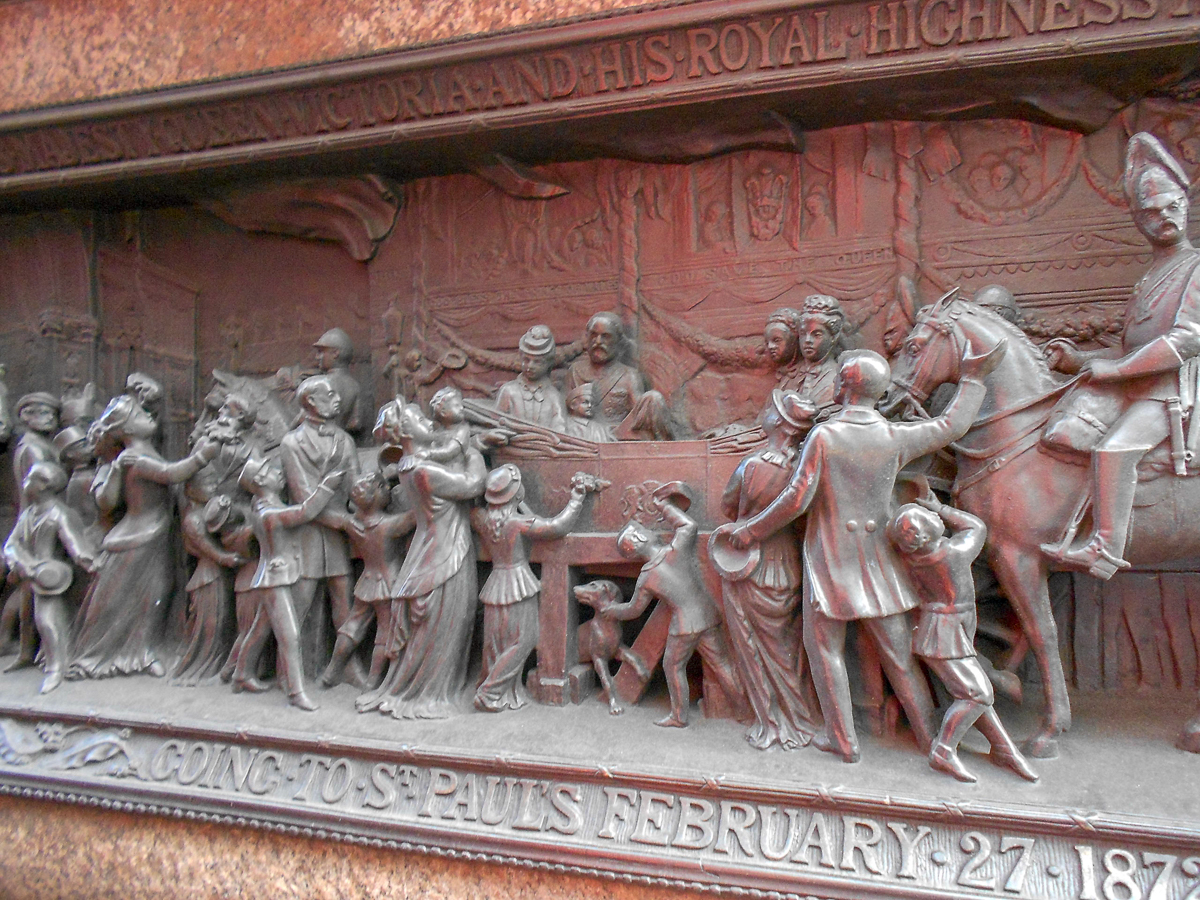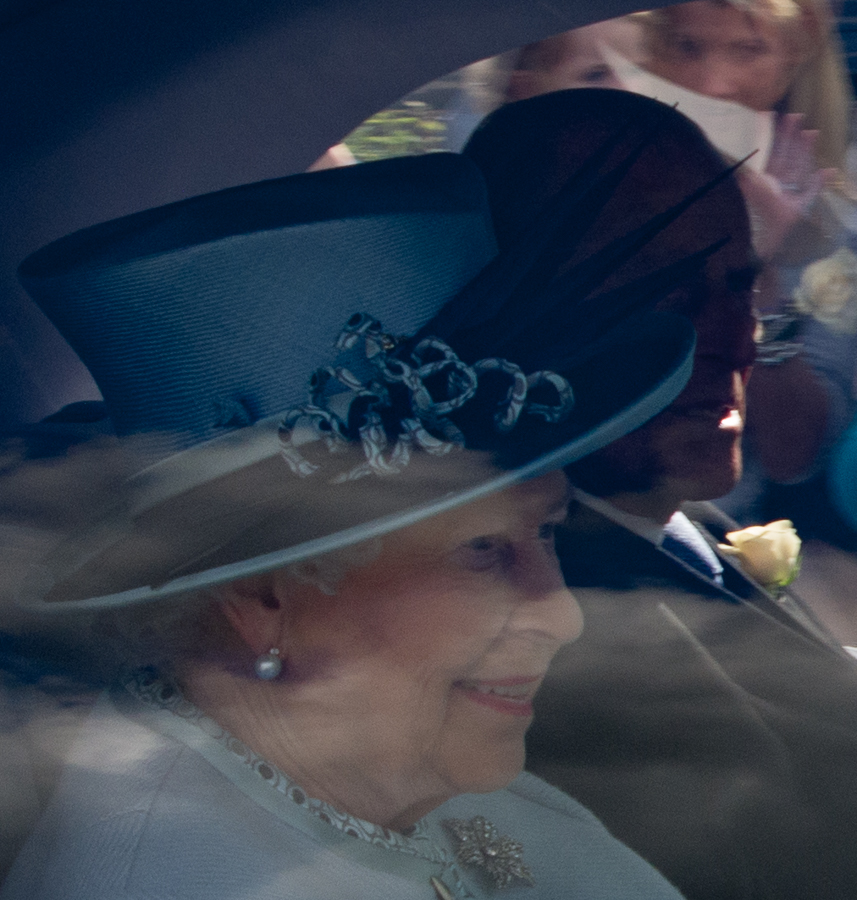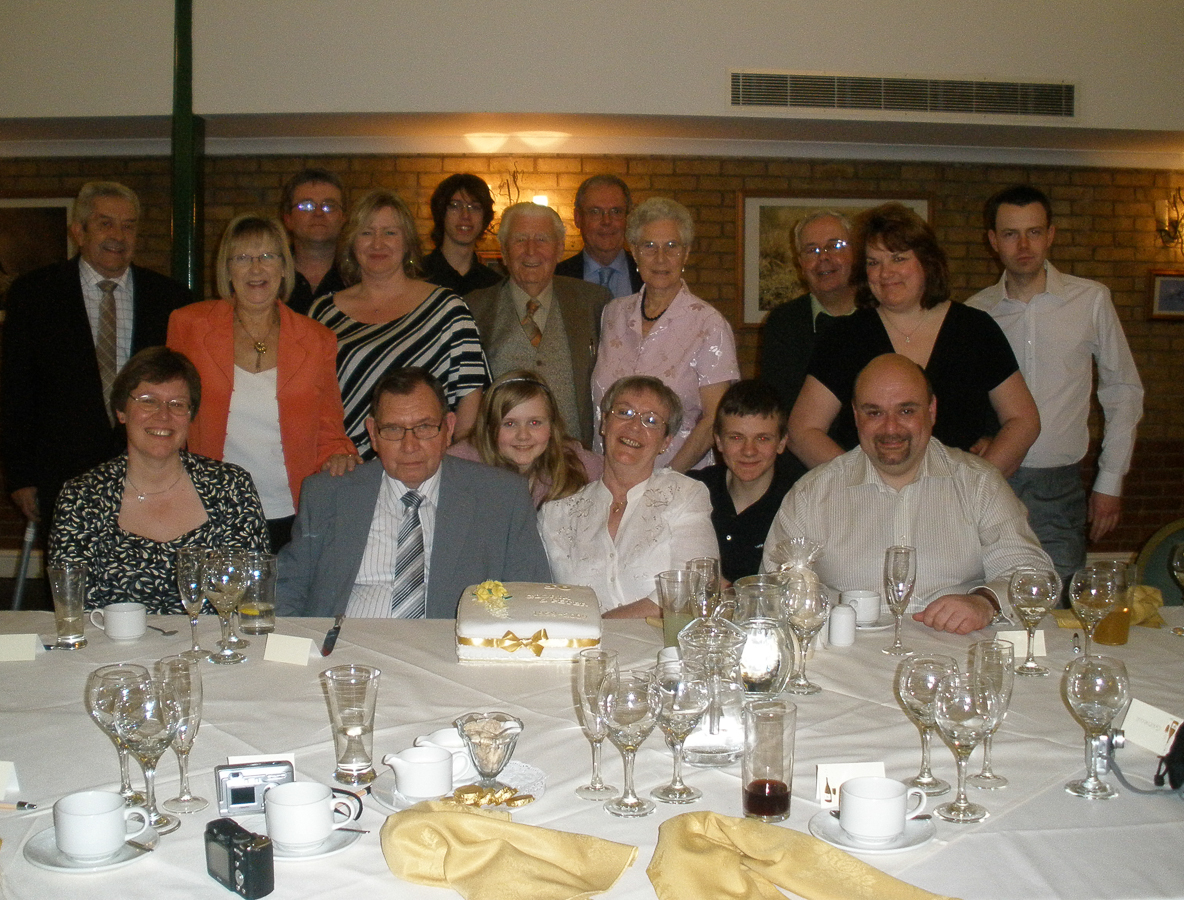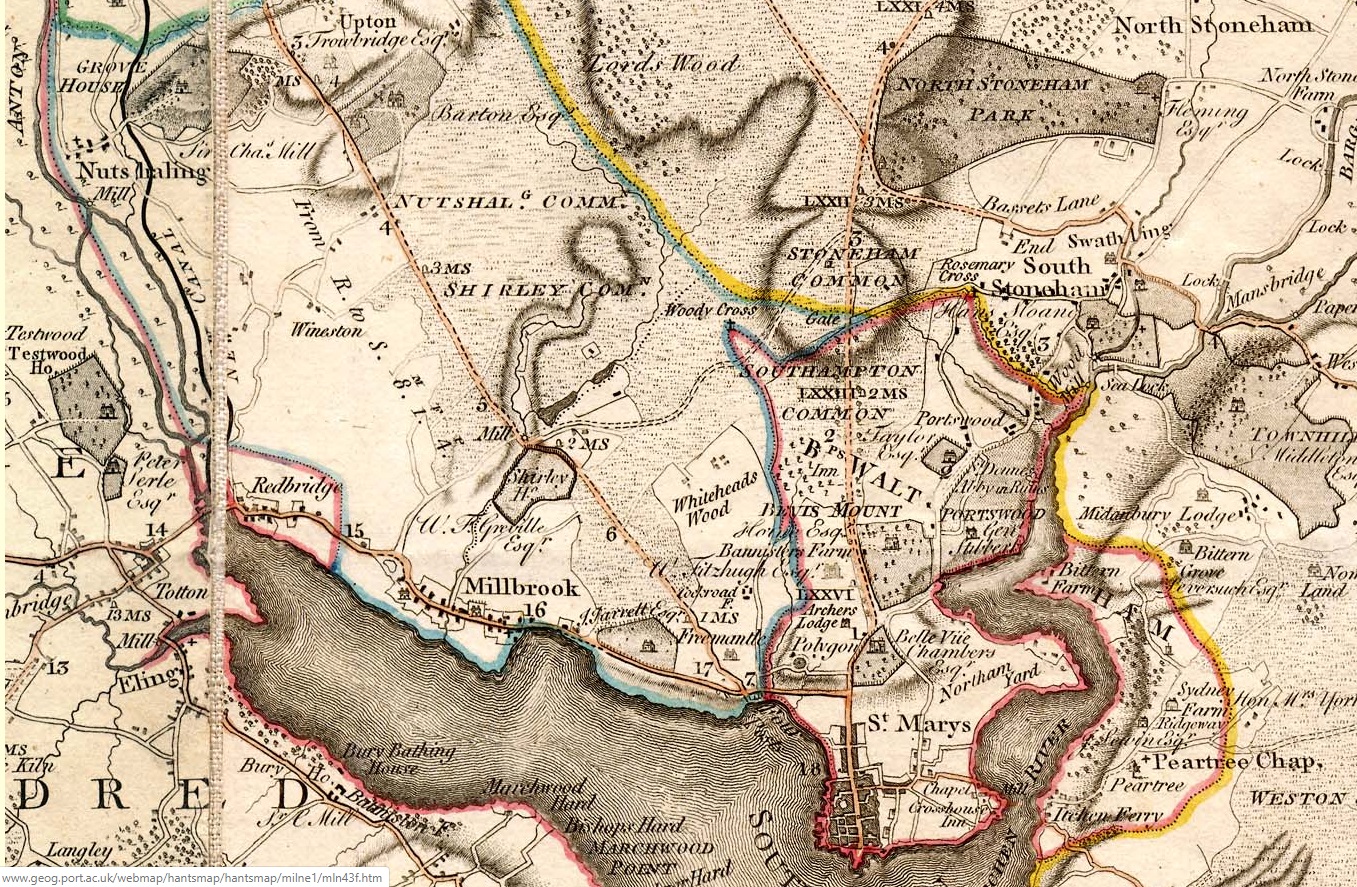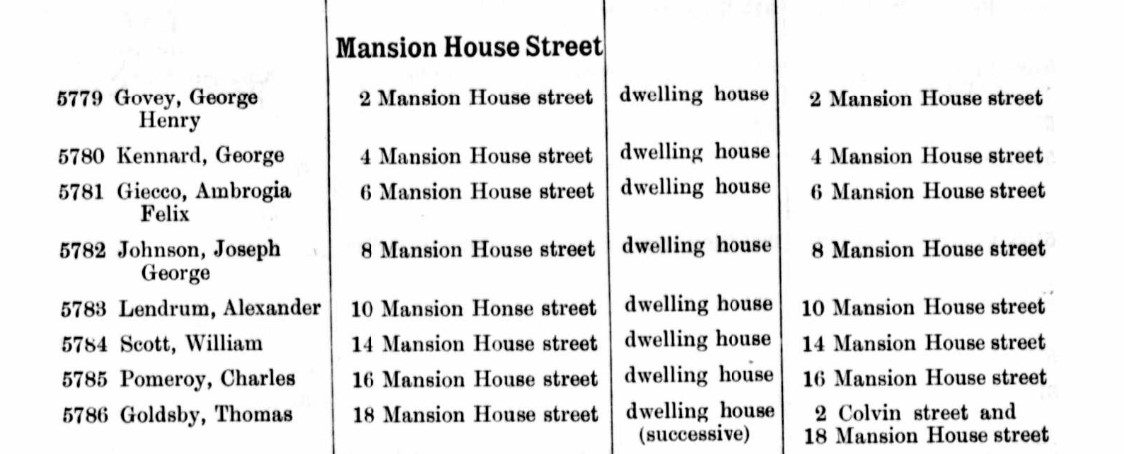Barton Stacey, near Winchester - Hampshire
First thing to note is that Ralph of Mortimer, one of the land owners in Barton Stacey, is a name found in my Family Tree, but as Ralph de Mortimer, BIRTH 1158 • Wigmore, Herefordshire, England, DEATH 24 JUN 1214 • Hereford, Herefordshire, England. Also, Ralph DeMortimer 1082–1104 BIRTH 1082 • Wigmore, Herefordshire, England DEATH 1104 • Ludlow, Hertfordshire, England. So clearly not the same people, but possibly the same family. Of the same period, I have Roger DeMortimer of the conquest, 1042–1090 BIRTH 1042 • St Victor En Caux Castle, Pais De Caux, Normandy, France DEATH 1090 • England. The last is 6th great-grandfather of spouse of wife of 4th cousin 24x removed, which equates to over 1000 years.
Collectively, Ralph of Mortimer was;
- Tenant-in-chief in 1086: to 143 seperate places
- Lord in 1086: to 109 separate places
That is a lot of properties.
Lord pays taxes to Tenant-in-chief, who in turn pays taxes to the King.
Lands did not change hands just due to the Norman Conquest. Another cause was the Revolt of the Earls in 1075 which was a rebellion of three earls against William I of England (William the Conqueror). It was the last serious act of resistance against William in the Norman Conquest. Understandably a lot of change in ownership between 1066 and 1086.
Barton [Stacey] was a settlement in Domesday Book, in the hundred of Barton and the county of Hampshire.
It had a recorded population of 51.5 households in 1086, putting it in the largest 20% of settlements recorded in Domesday, and is listed under 3 owners in Domesday Book.

Land of King William
Households
- Households: 28 villagers. 47 smallholders. 8 slaves. 6 freedmen.
Land and resources
- Ploughland: 25 ploughlands. 5 lord's plough teams. 18 men's plough teams.
- Other resources: Meadow 37 acres. Woodland 80 swine render. 3 mills, value 2 pounds 2 shillings and 5 pence.
Valuation
- Annual value to lord: 33 pounds in 1086; 38 pounds 8 shillings and 2 pence when acquired by the 1086 owner; 38 pounds 8 shillings and 2 pence in 1066.
Owners
- Tenant-in-chief in 1086: King William.
- Lord in 1086: King William.
- Lord in 1066: King Edward.
Other information
- This entry mentions multiple places: Barton [Stacey]; [Kings] Worthy.
- Phillimore reference: Hampshire 1,17

Land of Ralph of Mortimer
Households
- Households: 1 villager. 5 smallholders. 1 slave.
Land and resources
- Ploughland: 2 ploughlands.
- Other resources: Meadow 6 acres.
Valuation
- Annual value to lord: 1 pound 10 shillings in 1086; 1 pound 10 shillings when acquired by the 1086 owner; 3 pounds in 1066.
Owners
- Tenant-in-chief in 1086: Ralph of Mortimer.
- Lord in 1086: Saint-Victor (en-Caux), abbey of.
- Overlord in 1066: King Edward.
- Lord in 1066: Cypping (of Worthy).
Other information
- Phillimore reference: Hampshire 29,2

Land of Walter son of Roger
Land and resources
- Other resources: 1 church.
Valuation
- Annual value to lord: 15 shillings in 1086.
Owners
- Tenant-in-chief in 1086: Walter son of Roger.
- Lord in 1086: Hugh of Port.
- Overlord in 1066: King Edward.
- Lord in 1066: Edsi the sheriff.
Other information
- Phillimore reference: Hampshire 47,1

